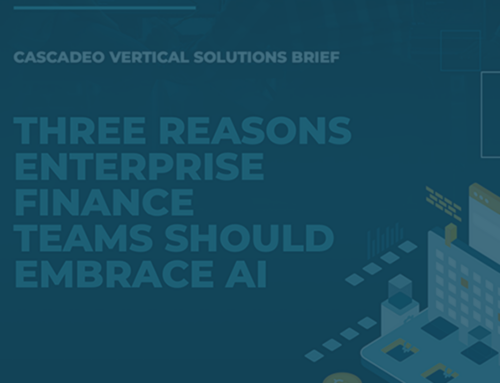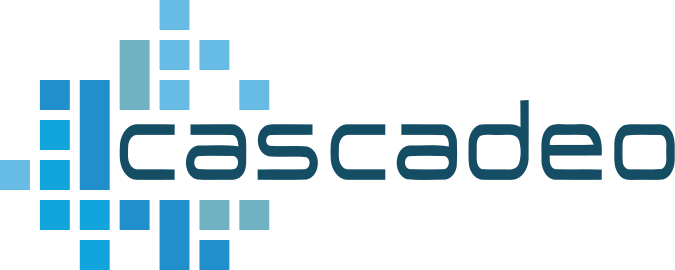
Cost optimization is about making sure your cloud spend ROI is maximized. That means your deployment is designed for efficiency, none of your resources are wasted, and your costs are reviewed periodically to assure that everything stays that way.
Eliminate Waste and Get a Handle on Your Cloud Spend
 It’s on everybody’s mind, particularly as we embark another quarter of will-it-won’t-it recession predictions: cost management. IT budgets are especially complicated in such discussions, as exploding technological advances offer new opportunities to serve your customers, and in turn, create new customer expectations. Taking full advantage of those opportunities, for most enterprises, will eventually require some level of cloud adoption, which can impact your IT budget in a wide variety of ways, depending on your strategy and your service provider’s approach.
It’s on everybody’s mind, particularly as we embark another quarter of will-it-won’t-it recession predictions: cost management. IT budgets are especially complicated in such discussions, as exploding technological advances offer new opportunities to serve your customers, and in turn, create new customer expectations. Taking full advantage of those opportunities, for most enterprises, will eventually require some level of cloud adoption, which can impact your IT budget in a wide variety of ways, depending on your strategy and your service provider’s approach.
Cost optimization is a much bigger topic than we can cover in a single blog post, but considering some of the basics can help you balance budget anxieties with the drive to grow your business at scale and provide your stakeholders with the highest level of product, service, and experience across your business. Let’s start with that basic principle: cost optimization isn’t focused on cutting budgets; it’s about making sure your cloud spend ROI is maximized. That means your deployment is designed for efficiency, none of your resources are wasted, and your costs are reviewed periodically to assure that everything stays that way.
Cloud adoption will invariably impact your IT budget in one way: by shifting costs from capital to operating categories, billed based on actual use. For some organizations, this budgetary restructuring alone will help to optimize costs, especially those whose server usage varies considerably over time, like retail and hospitality. But although monthly pay-as-you-go might eliminate wasted server space, shifting the billing cycle won’t necessarily impact ROI on its own.
The most important consideration for cloud cost optimization is strategic migration and deployment. A simple out-of-the-box lift-and-shift migration, also known as rehosting, from on-premises or colocation servers to the cloud won’t necessarily save money, and may in the long run cost more, as resources are wasted and systems run inefficiently. In fact, KPMG consulting found that 66% of the business executives they surveyed in 2022 reported that cloud migration had not delivered cost savings; they assess that the problem isn’t cloud technology itself, but a failure to fully adapt to the differences between legacy systems and cloud. An optimized cloud deployment takes into account the nuances of cloud environments, rather than treating the cloud as rentable server space. That means starting from an in-depth discovery process, analyzing business patterns and needs, and choosing which functions to keep as-is, which to replace with better SaaS options, which to rebuild from scratch, and how to everything fits together into a composable, growth-oriented architecture. This is the core of digital transformation.
Business transformation may require you to supplement your in-house staff for a short period of time, or for the long haul, with expert professional services. While recent layoffs have indicated a cooling of the overall tech talent shortage, cloud skills are still in high demand and, because cloud tech is constantly evolving, will likely remain so for the foreseeable future. This means your staff will have to be periodically upskilled to maintain the expertise necessary to keep your cloud environment up to date with new developments and to keep your cloud spend maximally efficient. Professional services, on the other hand, offer expertise to keep your cloud in top working order without disrupting your team’s focus with constant professional development efforts. While working with a professional services team may represent an additional IT budget line item, it may also enable you to save enough money on monthly cloud spend to pay for itself.
The second essential consideration for cost optimization is the ongoing management of your cloud environment. Expert managed services, automation, and monitoring are all vital to keeping your well-deployed cloud environment’s costs optimized and customer experiences seamless. Cascadeo’s managed services clients receive quarterly cost optimization and architecture review reports, 24/7/365 support, and monitoring that employs machine learning to adapt to your environment’s usage patterns and keeps your system stable—because your investment isn’t returning anything if your customers can’t access your products and services.
While widespread economic instability may cause you to defer or delay cloud adoption, staying out of the cloud, with all its opportunities for enhanced customer service and growth, could cost much more in lost customers and growth than a responsible, strategic digital transformation. Uncertainty about cloud costs may also serve as a barrier to migration, but it doesn’t have to. An expert-provided assessment and discovery can give you a full understanding of the costs, benefits, and opportunities that await you in the cloud, moving you one strategic step closer to offering your customers the best experience modern technology can offer.




